みやこじょうふ
Miyako Jofu
宮古上布
沖縄県
砧打ちで仕上げるしなやかな艶めき。
宮古上布は、島で育つ苧麻を原料とした手績みによる糸作り、藍や植物染料による染め、締機や手括りによる絣括り、手織り、砧打ちなどの工程を経て作られた独特の艶と、軽くやわらかな風合いが特徴の夏の最高級品です。1978年に国の重要無形文化財に認定。2003年には、糸績み技術が国選定保存技術となっています。 薄く軽やかで透き通ったトンボの羽を思わせる宮古上布は、苧麻糸の際立った細さから、触れてみると意外なほどしなやかな弾みがあり、肌につかず離れず風が通り抜けていきます。一日数センチと言う気の遠くなるような時間を掛けて織り上げられた反物は、光沢を出す為に糊付けされ、樫の木の台に置いて木槌で叩く「砧打ち」をします。3キロの木槌で3時間から4時間、叩き続けてやっとしなやかさと艶を蓄えたあの上布が出来あがります。
Miyako Jofu
Okinawa
Fabric as fine and thin as the wing of a dragonfly,
Shining like silk, due to the rare “kinuta-uchi” process.
Miyako Jofu is one of the most coveted summer kimono on the market. It is characterized by its unique luster, unbelievably lightness, and soft hand. It is made from ramie grown on the island of Okinawa, the threads are handspun, hand bound, and hand woven. The final technique, kinuta-uchi is the most fascinating. The fabric is struck repeatedly with a 3-kilogram wooden mallet for about three hours. This process results in the linen becoming extremely shiny, and looking similar to silk.
Miyako Jofu is light, thin, and transparent, and therefore is often compared to the wing of a dragonfly. Though thin and gauzy, ramie threads have exceptional bounce and are perfect to be worn on summer days, as the breeze can pass through them with ease, cooling the wearer.
In 2003, the fascinating technique of making ramie thread became a designated cultural activity.
この産地の作品
This Origin’s
Products
Products
この産地の
作品が含まれる
コーディネート
Coordinates
with
This Origin's
Product
作品が含まれる
コーディネート Coordinates
with
This Origin's
Product
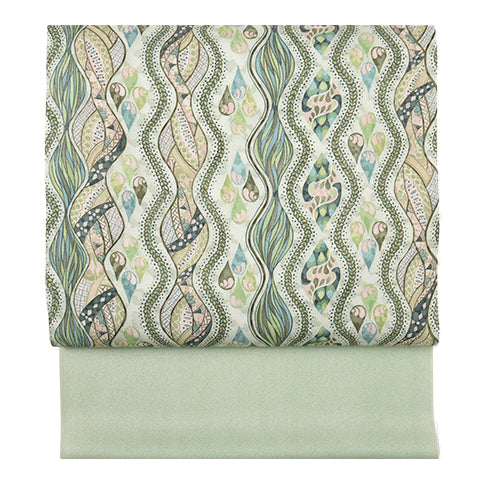 名古屋帯
名古屋帯
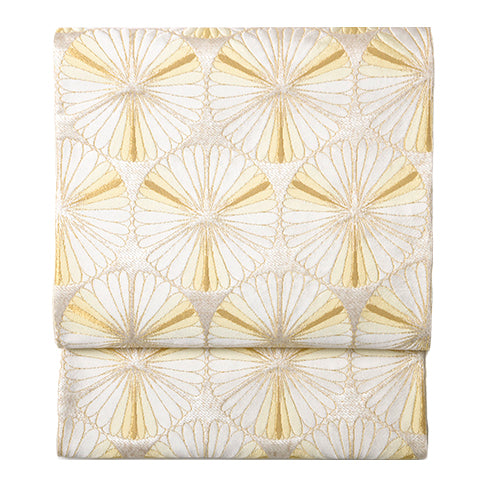 袋帯
袋帯
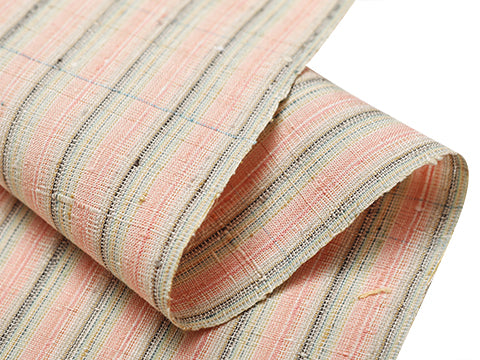 紬・綿・自然布
紬・綿・自然布
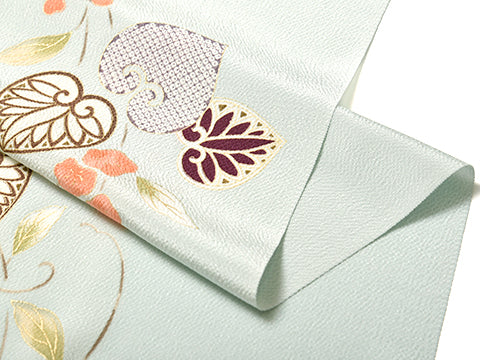 小紋・江戸小紋
小紋・江戸小紋
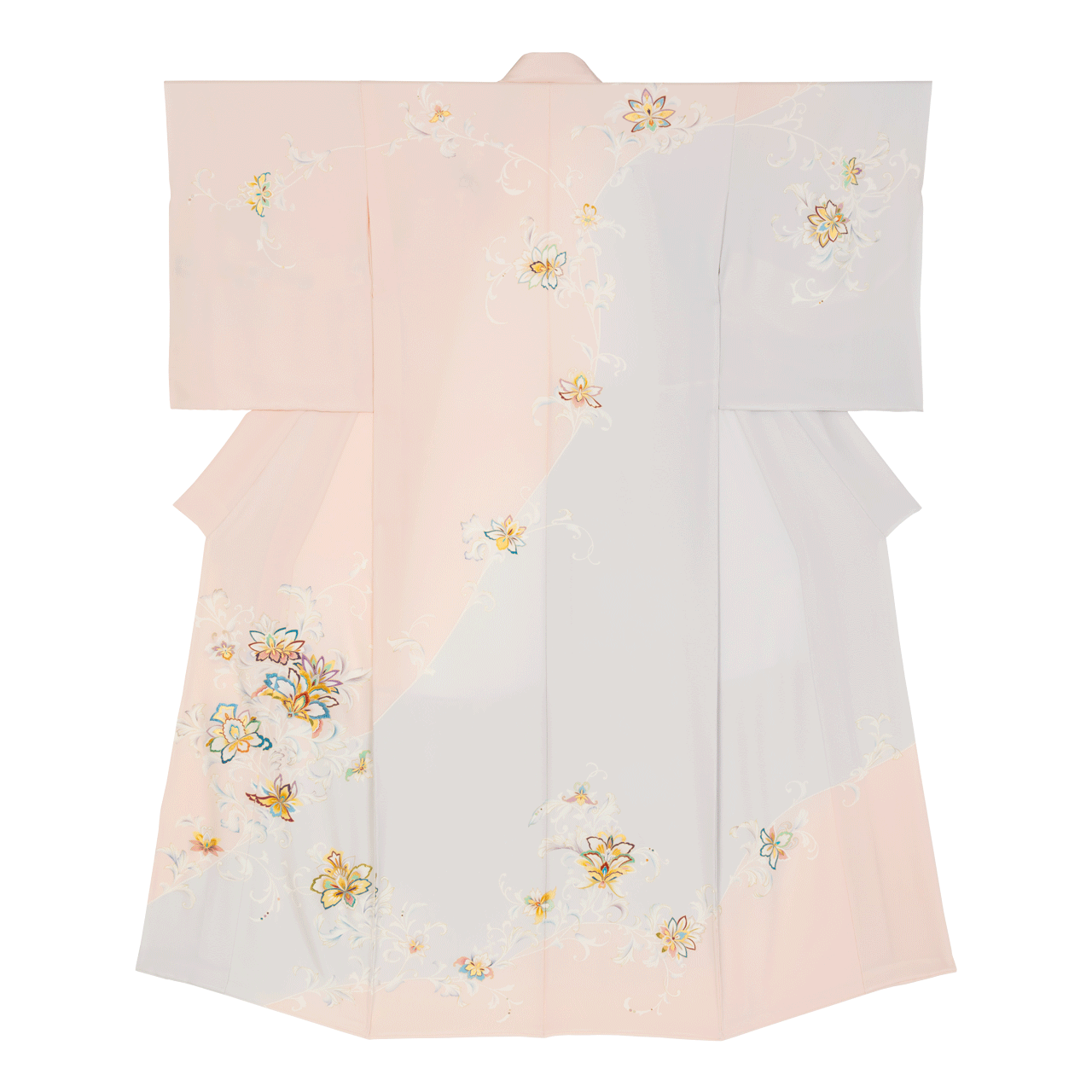 訪問着・付下げ・色無地ほか
訪問着・付下げ・色無地ほか
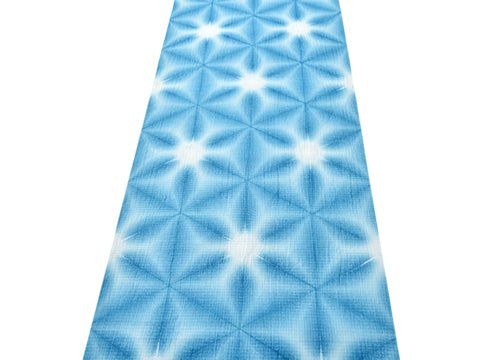 浴衣・半巾帯
浴衣・半巾帯
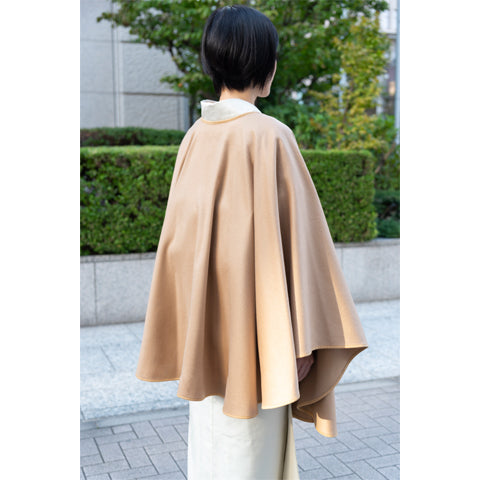 羽織・コート
羽織・コート
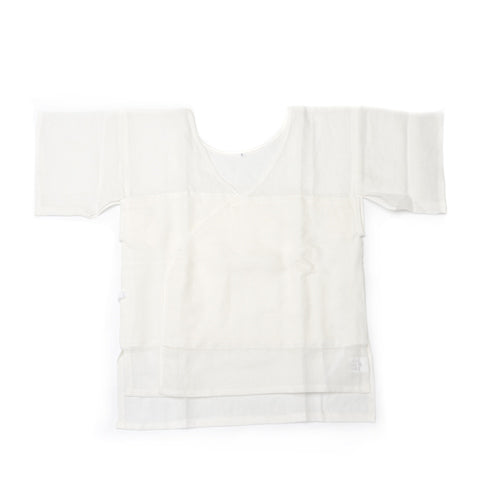 肌着
肌着
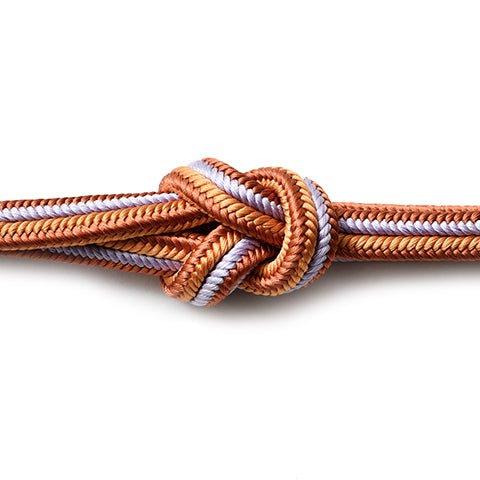 小物
小物
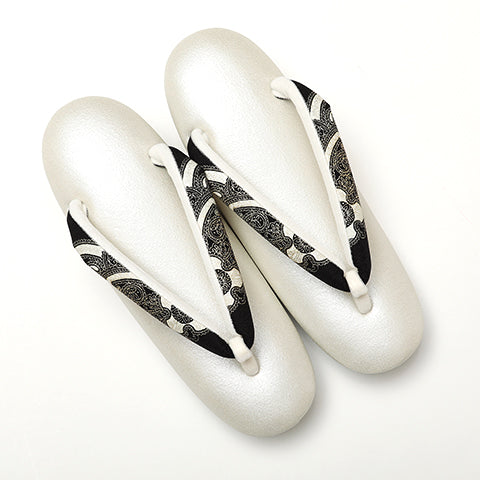 履物
履物
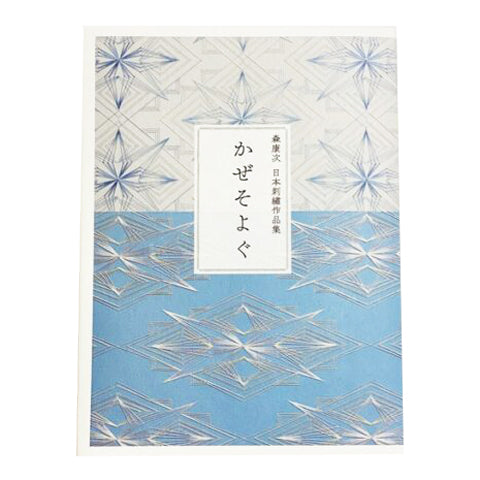 書籍
書籍
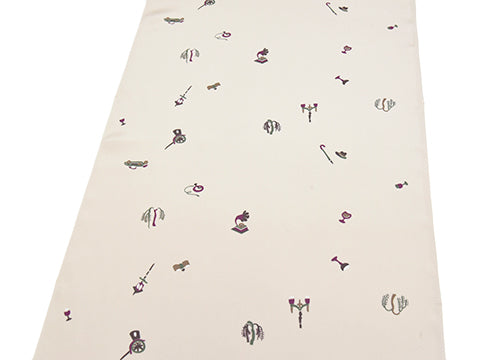 長襦袢
長襦袢
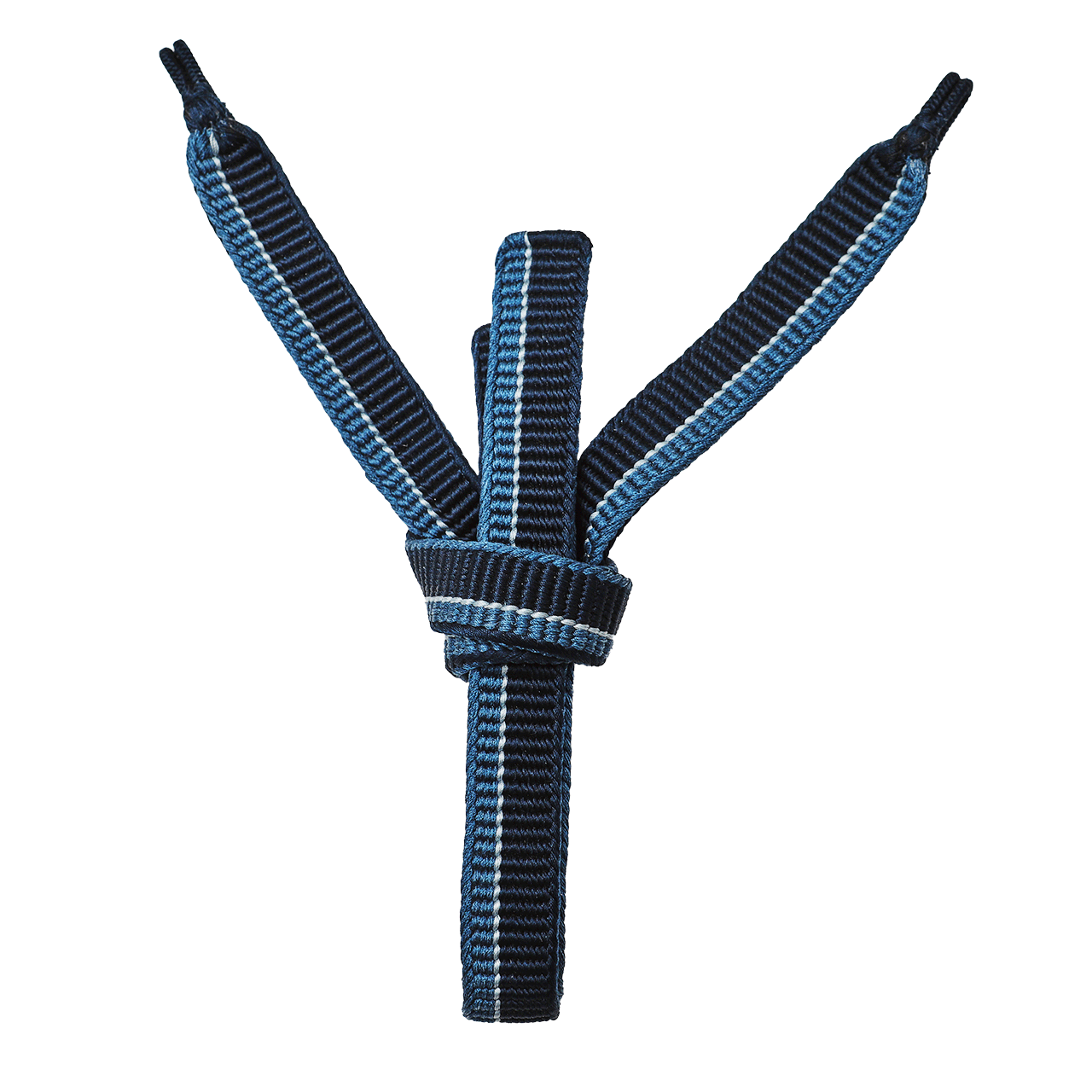 小物
小物
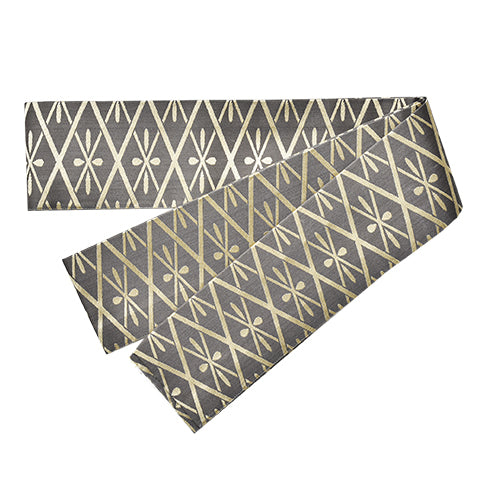 帯
帯
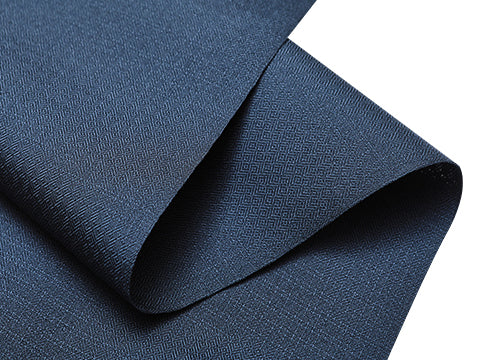 お召
お召
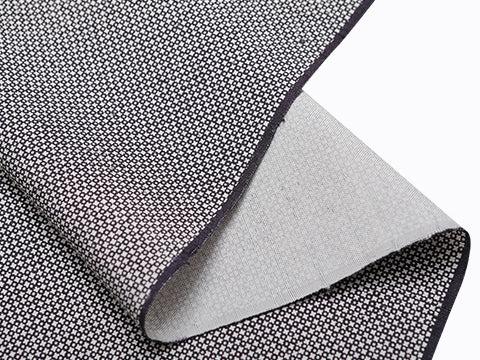 小紋・江戸小紋
小紋・江戸小紋
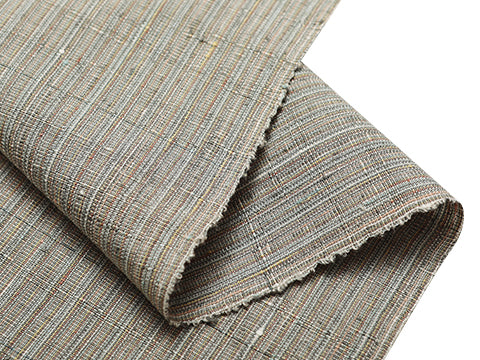 紬・綿・自然布
紬・綿・自然布
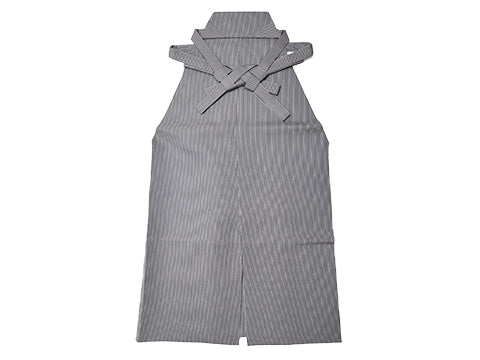 袴
袴
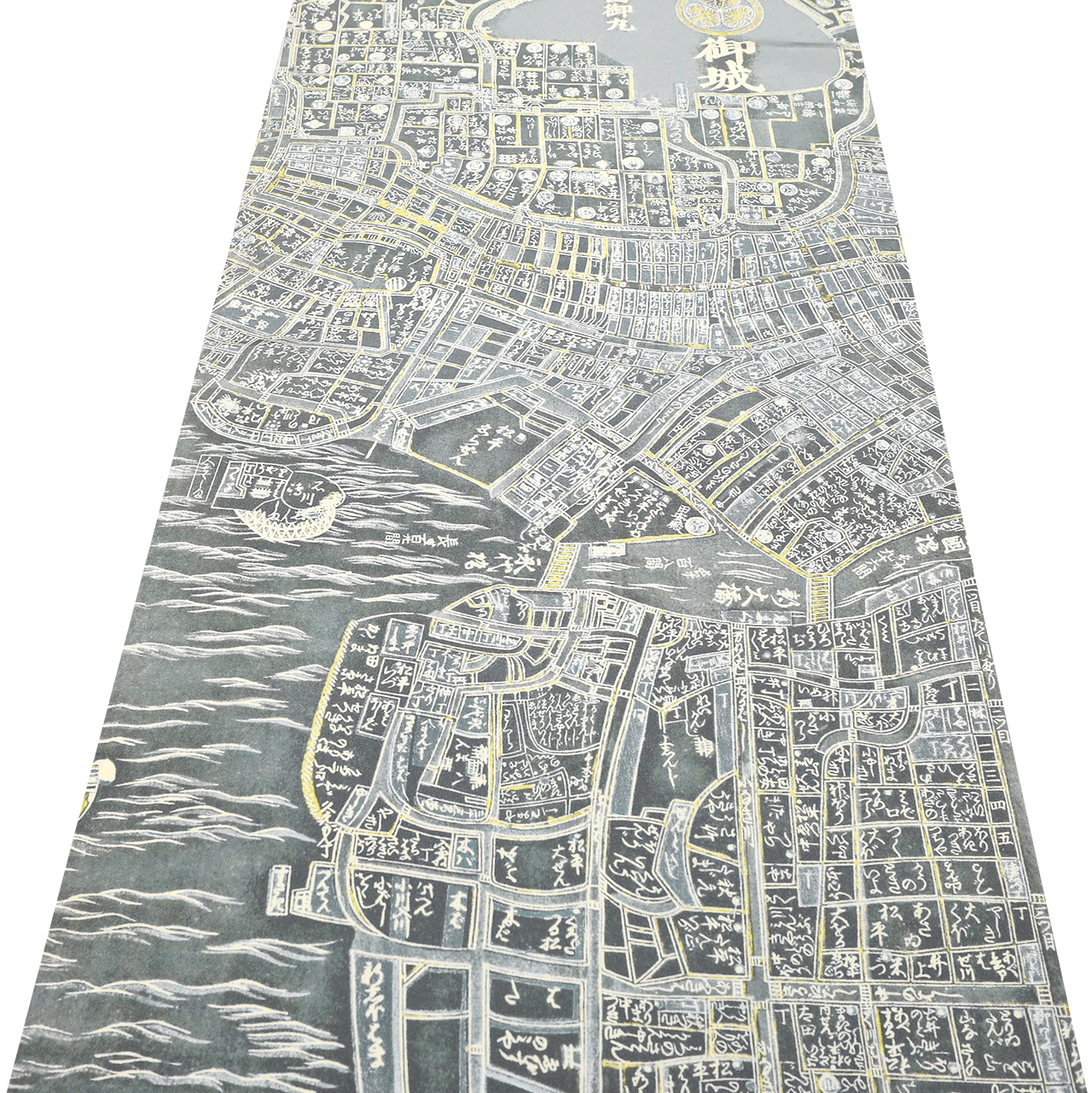 長襦袢
長襦袢
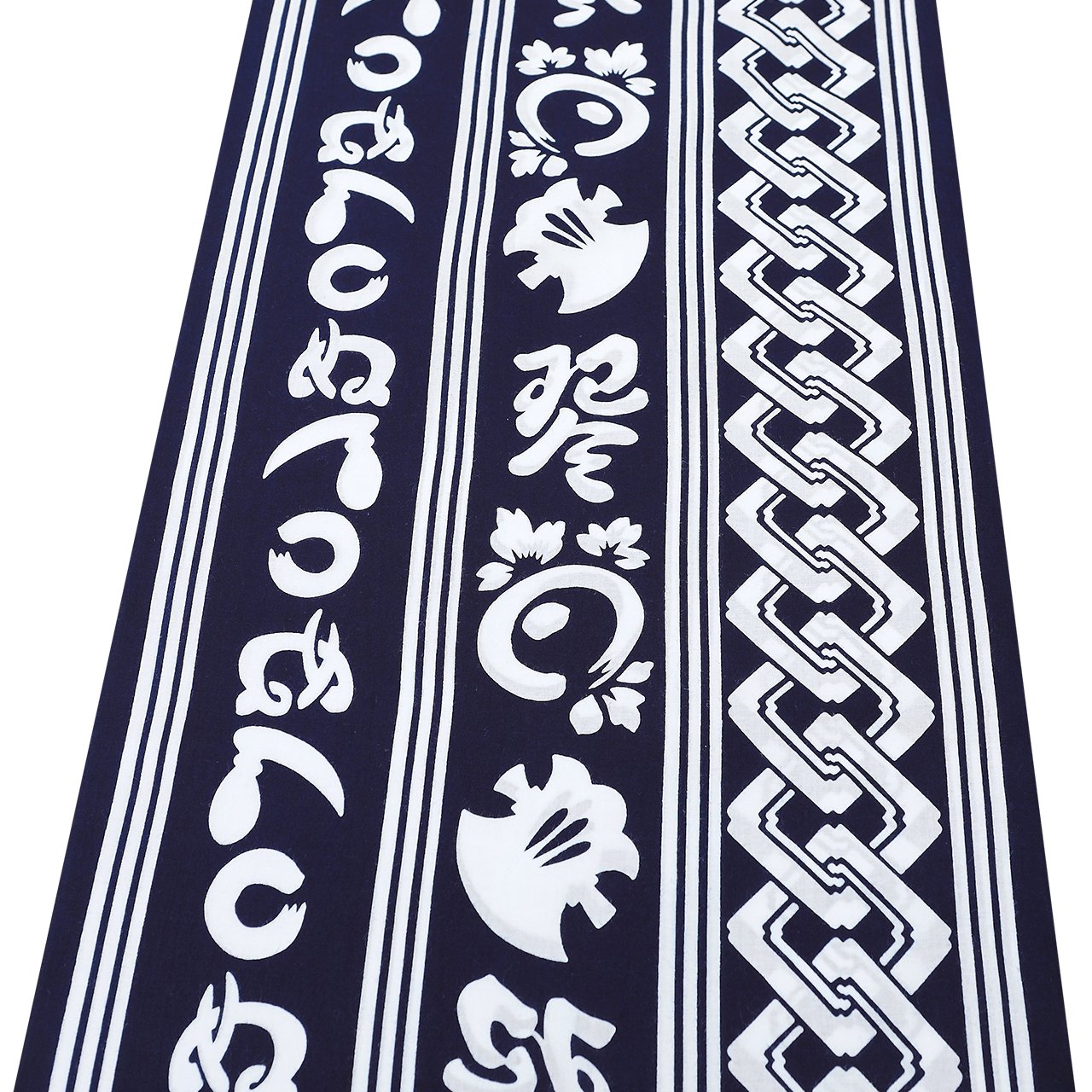 浴衣
浴衣
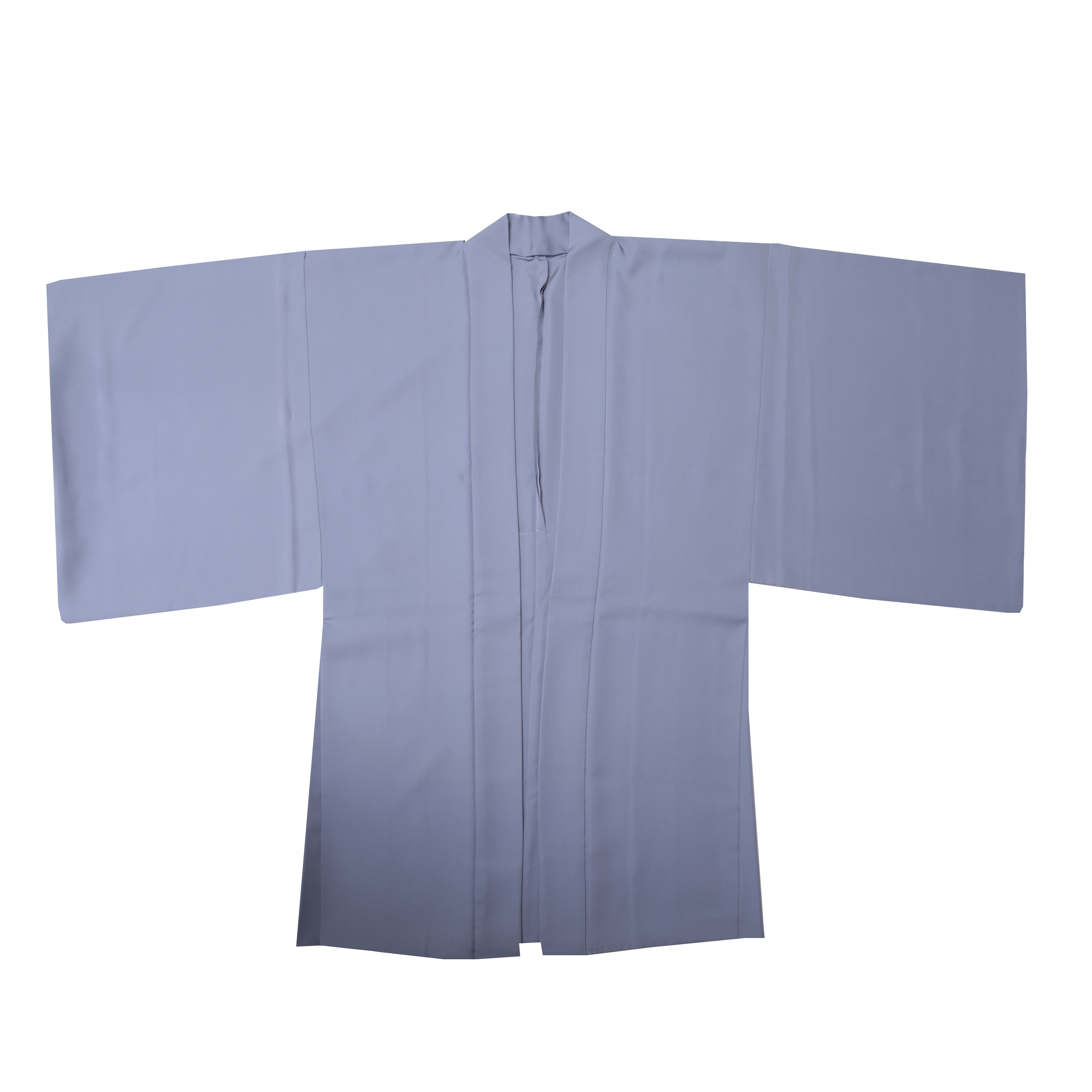 羽織・コート
羽織・コート
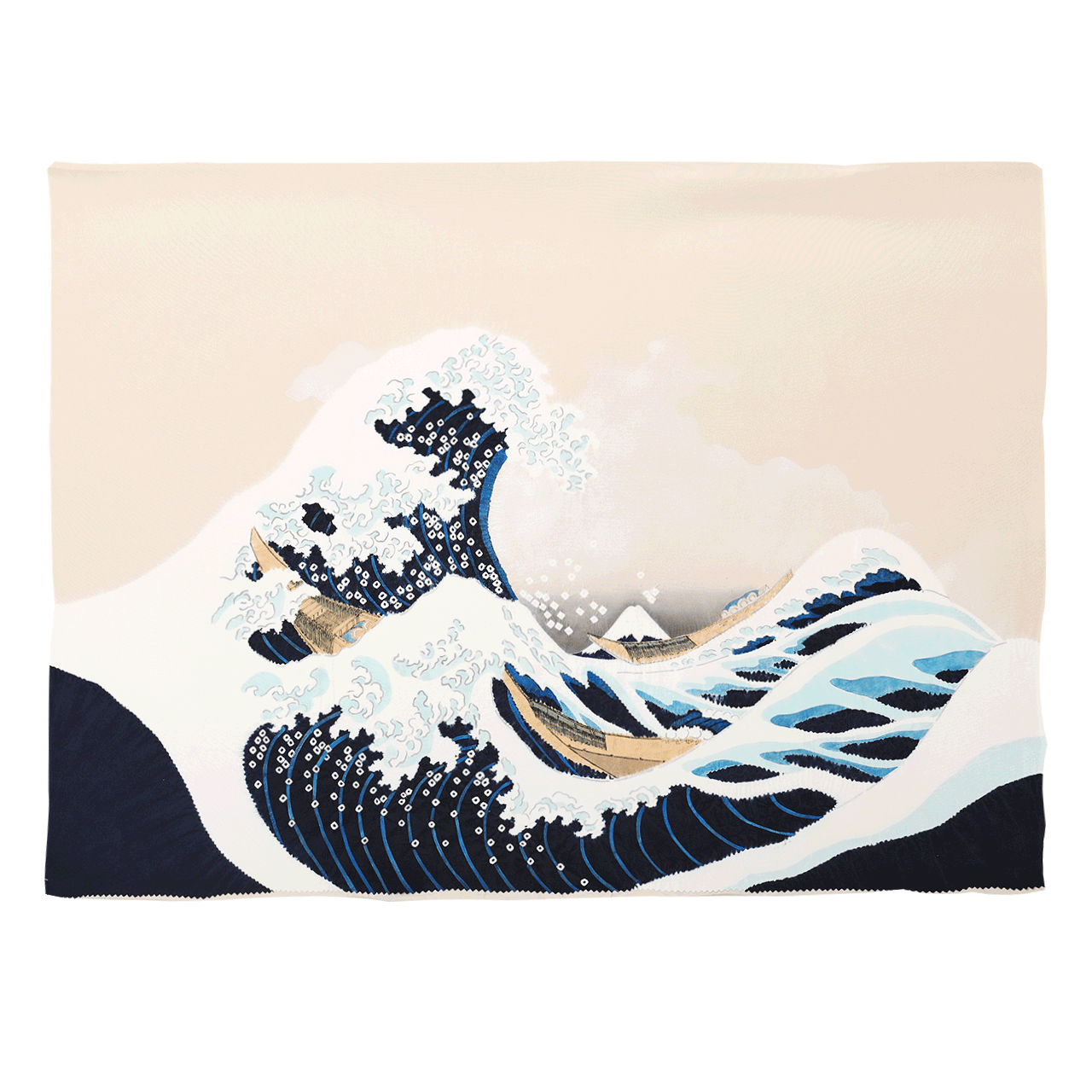 額裏
額裏
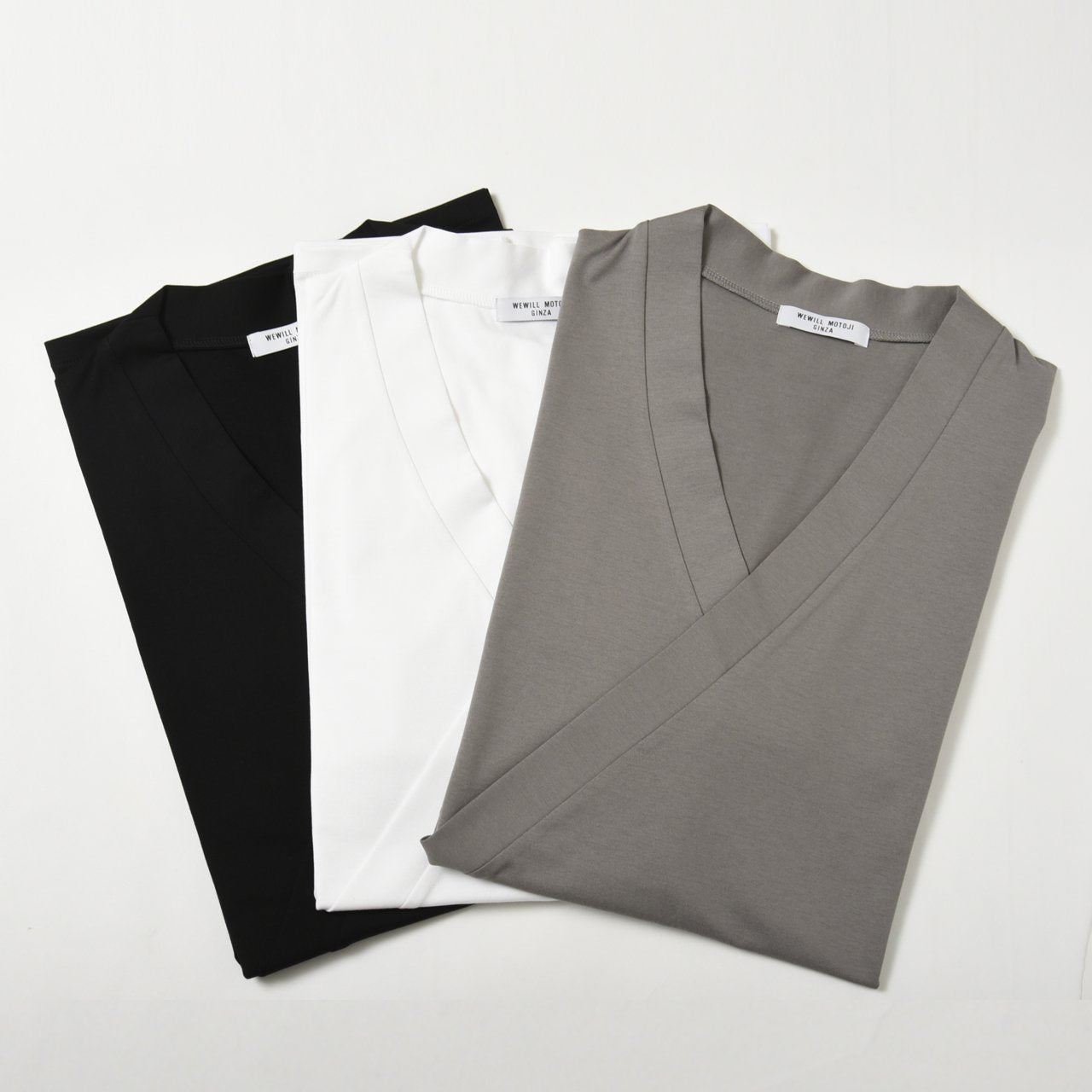 肌着
肌着
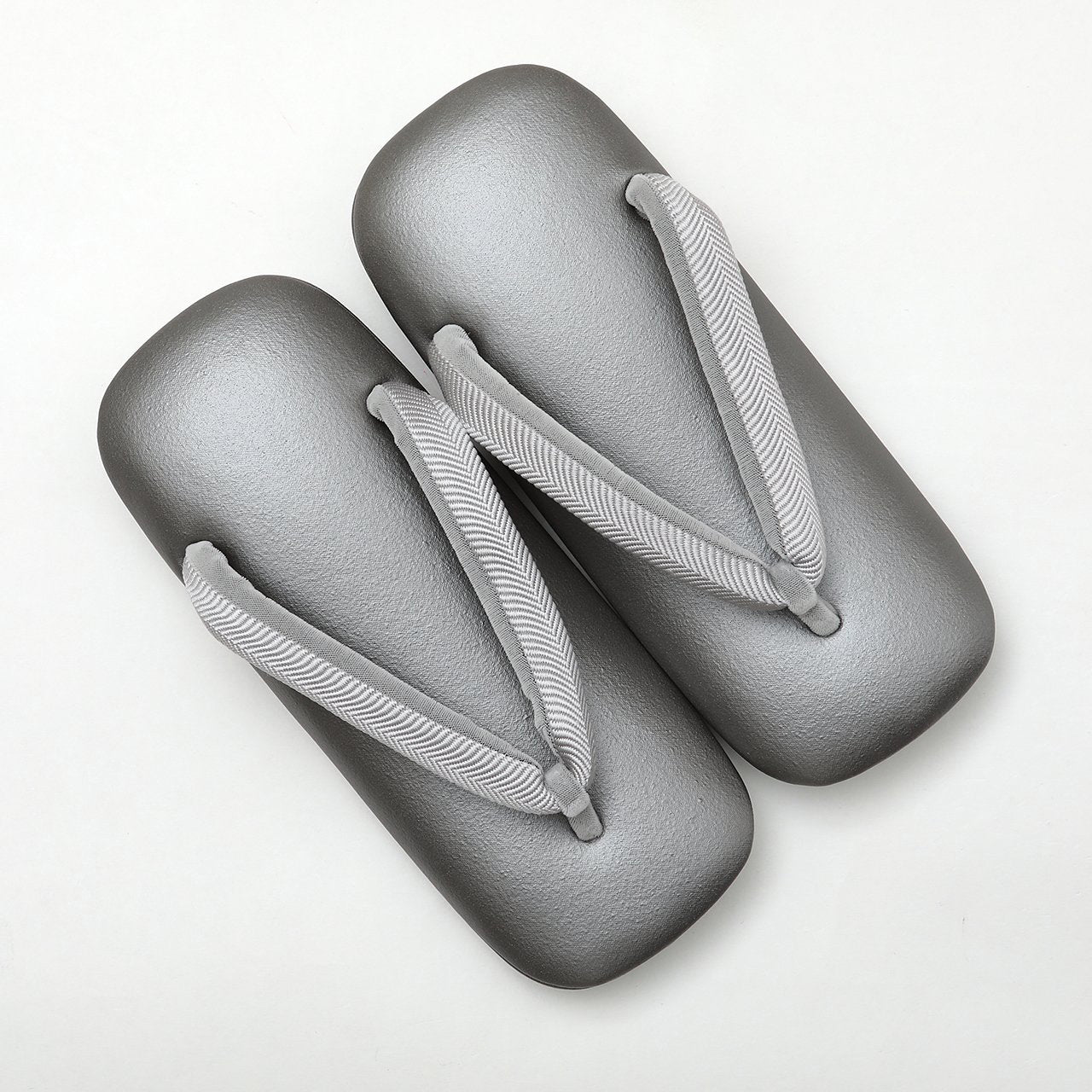 履物
履物
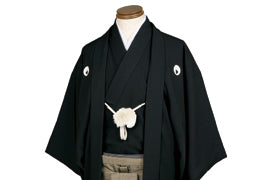 紋付
紋付
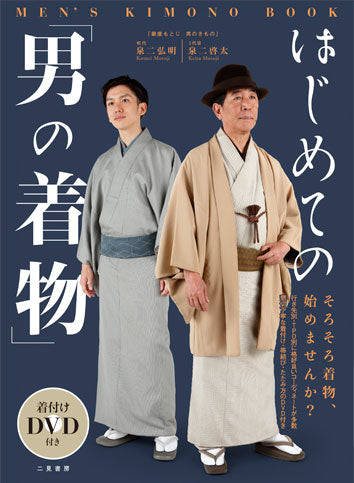 書籍
書籍